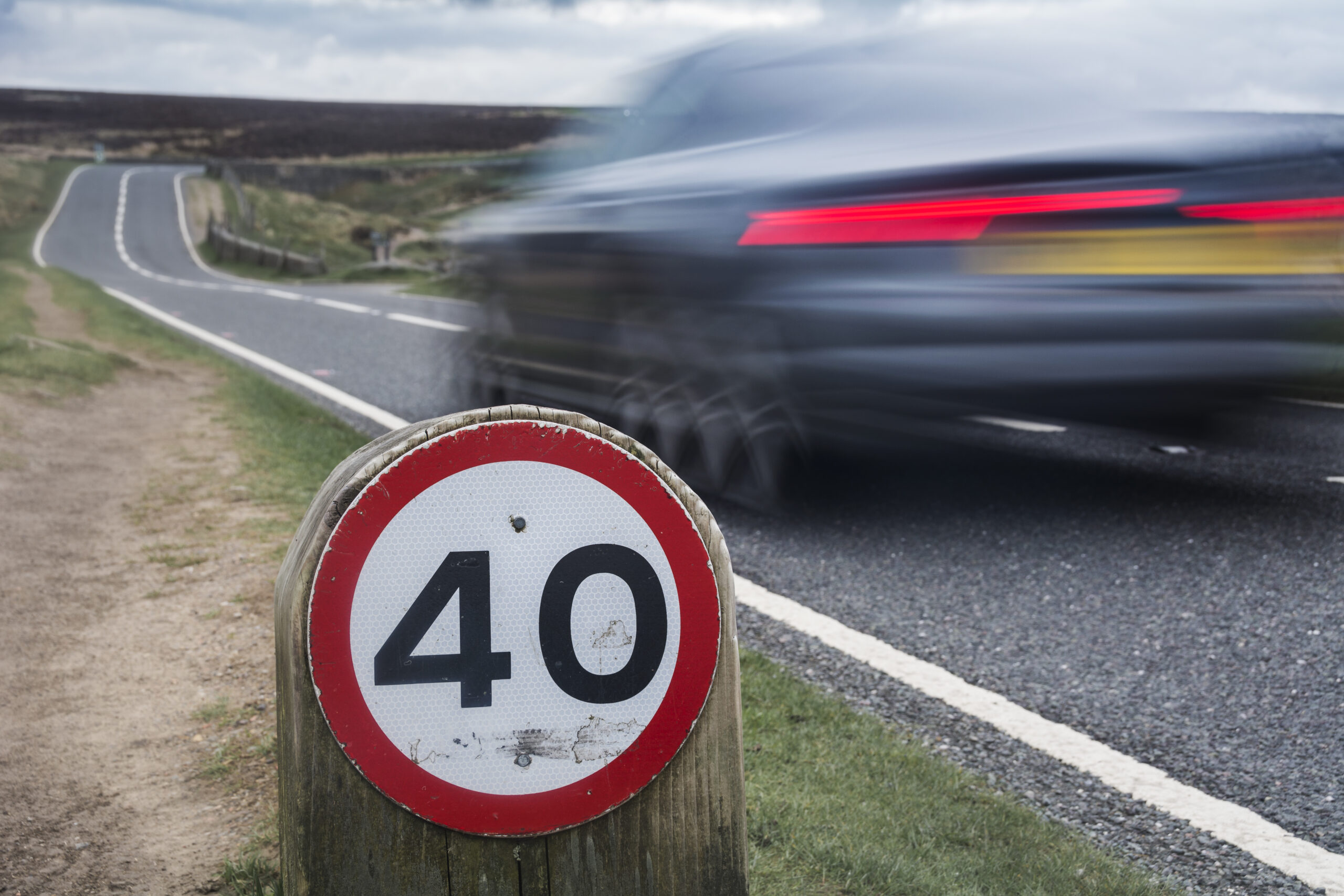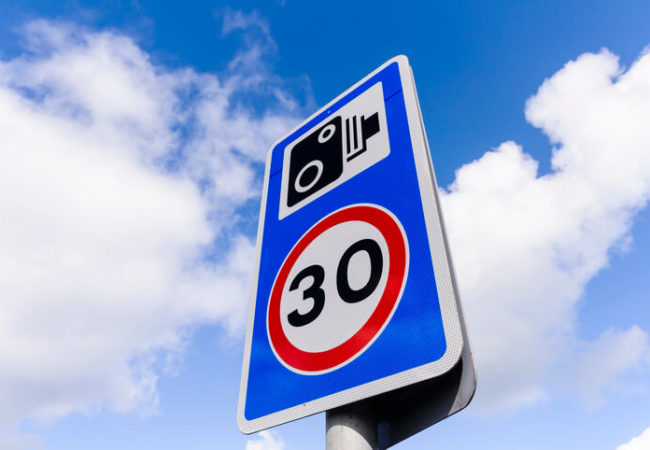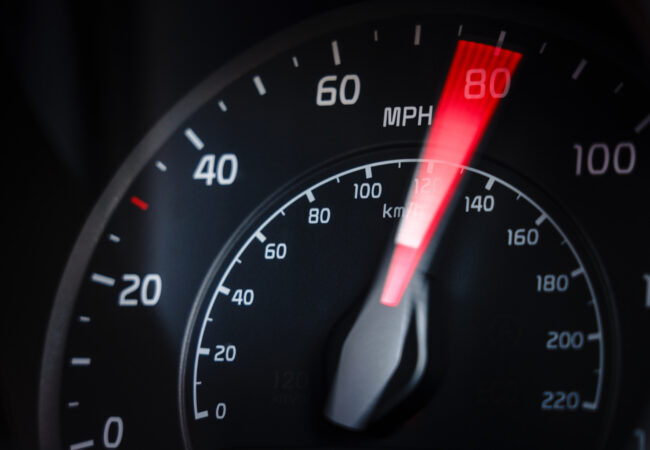
A child hit at 20mph has a 90% chance of survival. At 30mph, they have a 50% chance of dying, while at 40mph their chances of surviving are near zero. Yet drivers still speed.
Department for Transport (DfT) figures show that in free-flowing 30mph zones, 45% of van drivers speed, with 5% driving over 40mph. On motorways, 47% of van drivers exceed the 70mph limit, with 10% breaking 80mph.
The minimum penalty for speeding is a £100 fine and 3 penalty points, but if you’re speeding and involved in a crash resulting in serious injury or death, you face a prison sentence of up to 14 years and an unlimited fine.

Not sure what speed you should do? Check the speed limits for your vehicle at www.gov.uk/speed-limits

For more in-depth tips and detailed recommendations, download the full PDF guide. Stay informed and drive safely!

Our On Road Driver Assessment is a half-day course that focuses on assessing a driver’s expertise in managing the high-risk environment of urban driving and reducing the likelihood of being involved in a preventable driving incident.
Our RED E-Learner modules are an integral part of our blended training programmes, providing regular content and training reminders to drivers of their responsibilities.